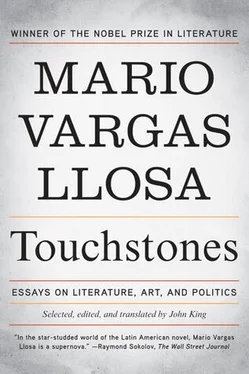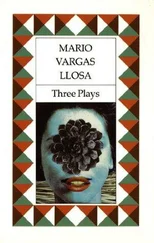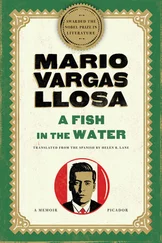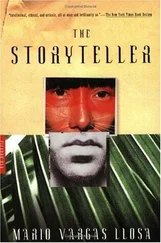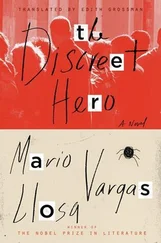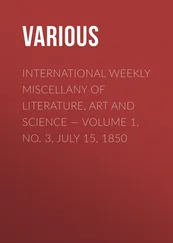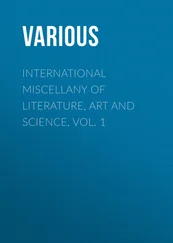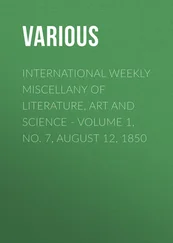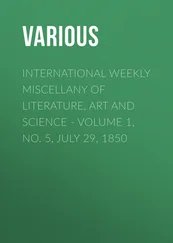In Arequipa, her uncle Don Pío dashed her hopes of being recognised as a legitimate daughter and thus claiming her birthright. But this frustration was to some extent alleviated by the good life that she had in the family house, surrounded by servants and slaves, spoiled and flattered by the Tristán tribe, and sought after and courted by Arequipa’s ‘good society’, which was turned upside down by the arrival of this young and beautiful Parisian with her large eyes, her long dark hair and very fair skin. She had hidden from everyone, beginning with Don Pío, that she was married and the mother of three children. There is no doubt that suitors must have swarmed around her like flies. Flora doubtless enjoyed all this comfort and security, this first taste of the good life. But she also observed and noted down, with fascination, the life and customs of this country that was so different to her own, which was just beginning its life as an independent republic, although the institutions, prejudices and conventions of the colonial period remained almost intact. In her memoir, she would paint a splendid portrait of that feudal, violent society, with its tremendous economic contrasts and its great racial, social and religious divisions, its convents and religious practices verging on idolatry, and its political turmoil, where caudillos fought for power in wars which, as she herself witnessed on the plains at Cangallo, were often bloody and grotesque. This book, which the citizens of Arequipa and Lima would burn in their indignation at the cruel way they were depicted, is one of the most fascinating testimonies that exists, amid all the chaos, pomp, colour, violence and frenzy, of life in Latin America after independence.
But it was not just racism, savagery and privilege that predominated in her father’s country. To her great surprise, there were also some rare customs that Flora had never witnessed before in Paris, precisely in an area that was very important to her: the world of women. Society women, for a start, enjoyed considerable freedom: they smoked, bet, rode on horseback when they liked and, in Lima, women with faces half-covered by a veil — the most sensual garb that Flora had ever seen — went out alone to flirt with men, had autonomy and were treated with a considerable lack of prejudice, even from a Parisian standpoint. Even the nuns in the cloistered convents that Flora managed to slip into enjoyed great freedom of behaviour and committed certain excesses that were not at all in keeping with their nun’s vocation or with the image of the humiliated, downtrodden woman, the mere appendage of father, husband or head of family that Flora carried in her head. Of course, Peruvian women were not free in the same way as men, nothing like it. But in some cases they could compete with men, as equals, in their own spheres. In wars, for example, the women known as rabonas accompanied the soldiers, cooked and washed for them and nursed their wounds, fought alongside them and had the responsibility of attacking villages to get food for the troops. Without their knowing it, these women had, in fact, a life of their own, and destroyed the myth of the helpless, weak woman, useless in a man’s domain. The figure that, for Flora, personified this emancipated, active woman, invading the areas traditionally considered to be exclusively male, was Doña Francisca Zubiaga de Gamarra, the wife of Marshal Gamarra, an Independence hero and President of the Republic, whose figure paled alongside the dominant personality of his wife. Doña Pancha, or La Mariscala as the people called her, had taken over running the Prefecture of Cuzco when her husband was out of the country, and she had put down conspiracies through her guile and courage. Dressed as a soldier, and on horseback, she had been involved in all the civil wars, fighting shoulder to shoulder with Gamarra, and had even led the troops that had beaten the Bolivians in the battle of Paria. When Agustín Gamarra was president, the word on the street was that she had been the power behind the throne, taking the main initiatives and causing some wonderful scandals, like whipping, in an official ceremony, a soldier who had boasted of being her lover. The impression that La Mariscala made on Flora, whom she met briefly when she was about to be exiled, was enormous, and there is no doubt that she helped Flora to realise that it was possible for women to rebel against their marginal status, and that she herself should work to change society. These are the decisions that Flora brought back from Peru when she returned to Paris at the beginning of 1835 and threw herself enthusiastically into a new life, very different from her earlier one.
The Flora Tristán of the years following her return to Paris is no longer the fugitive rebel of before. She is a resolute woman, sure of herself, full of energy, looking to become better informed and educated — she had had an elementary schooling, as her grammatical errors reveal — and to make her way in intellectual circles, where she could do battle in the name of women and justice. While she was writing Peregrinations of a Pariah , she made contact with the Saint-Simon groups, the Fourierists (she knew Fourier himself, and would always speak of him with respect) and other groups that to a large extent opposed the status quo, she interviewed the Scottish reformer Robert Owen, and began to contribute to important publications like the Revue de Paris, L’Artiste and Le Voleur . She wrote a pamphlet arguing that a society should be established to help women arriving in Paris for the first time, she signed petitions for the abolition of the death penalty and she sent a petition to parliament to re-establish divorce. At the same time, these years witnessed her own legal and personal battle against André Chazal, who even kidnapped her children on three occasions. In one of these kidnap attempts, the youngest child, Aline, accused him of trying to rape her, which led to a famous trial and a social scandal. This incident had such an impact because Flora was now very well known. The publication of Peregrinations of a Pariah in 1837 was a great success, and she was a regular visitor to salons and rubbed shoulders with eminent intellectuals, artists and politicians. Unable to put up with the supreme humiliation of seeing his wife triumph in this way, with a book that laid bare her married life in horrifying detail, André Chazal tried to murder her, in the street, firing at her at point-blank range. He only wounded her, and the bullet remained lodged in her chest, a cold companion on her travels for the six remaining years of her life. At least on these travels she would no longer be haunted by the nightmare vision of André Chazal, who was condemned to twenty years in gaol for his crime.
Flora Tristán could have settled into the celebrity status that she had achieved and spent the rest of her life consolidating it, writing and moving in the intellectual and artistic circles in Paris that had opened their doors to her. She might have become a distinguished salon socialist, like George Sand, who always looked down on this upstart. But despite not having any formal education due to the privations of her early life, and also despite her sometimes explosive nature, she possessed a deep moral integrity which very soon made her realise that the justice and the social change that she so ardently desired would never be won from the refined and exclusive circles of writers, academics, artists, snobs and frivolous people for whom, in most cases, revolutionary ideas and proposals for social reform were mere bourgeois salon games, empty rhetoric.
While recovering from the attempt on her life, she wrote Méphis (1838), a novel full of good social intentions and forgettable from a literary point of view. But the following year she came up with a bold project that showed just how far her thinking had become radicalised, more openly anti-capitalist and anti-bourgeois: to write a book about poverty and exploitation in London, the hidden face of the great economic transformation that had turned Victorian England into the first modern industrial nation. She travelled to London and stayed for four months, visiting all the places that the tourists never saw, some of which she could only enter disguised as a man: workshops and brothels, slum neighbourhoods, factories and insane asylums, prisons and thieves’ kitchens, union associations and schools in poor neighbourhoods run by the parishes. Also, perhaps by way of contrast, she visited the Houses of Parliament, the races at Ascot and one of the most aristocratic clubs. The resulting book, Promenades dans Londres (1840) is a fierce and merciless — sometimes excessive — attack on the capitalist system and the bourgeoisie whom Flora holds responsible for the appalling poverty, the wicked exploitation of workers and children and the condition of women — forced into prostitution to survive or to work for miserable wages, much lower than the modest wages earned by men. Unlike the success of her memoirs of her journey to Peru, this book, dedicated to the ‘working classes’, was received in France with sepulchral silence by the bien-pensant press and received just a few reviews in working-class publications. That is not surprising: Flora was taking on serious issues and attracting powerful enemies.
Читать дальше
